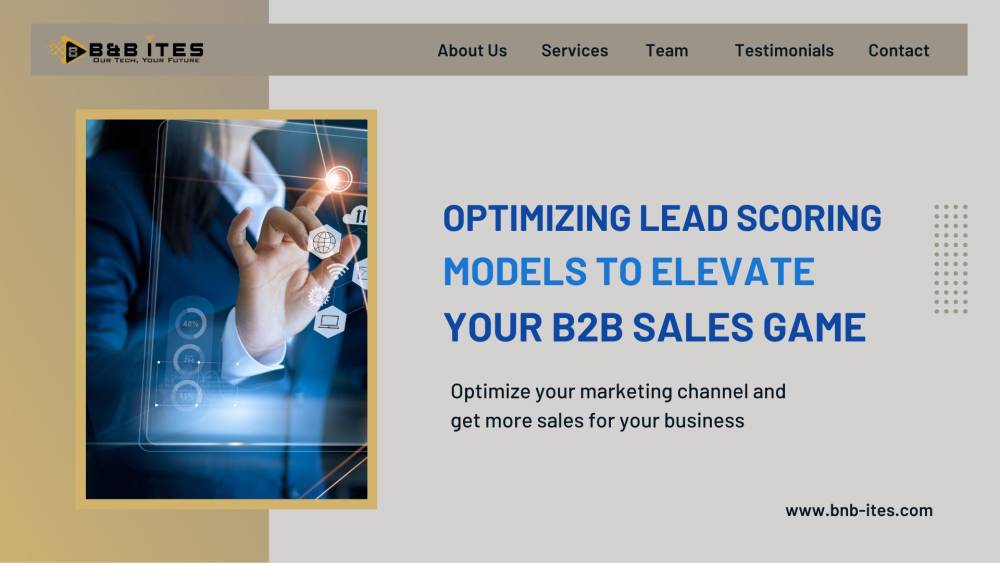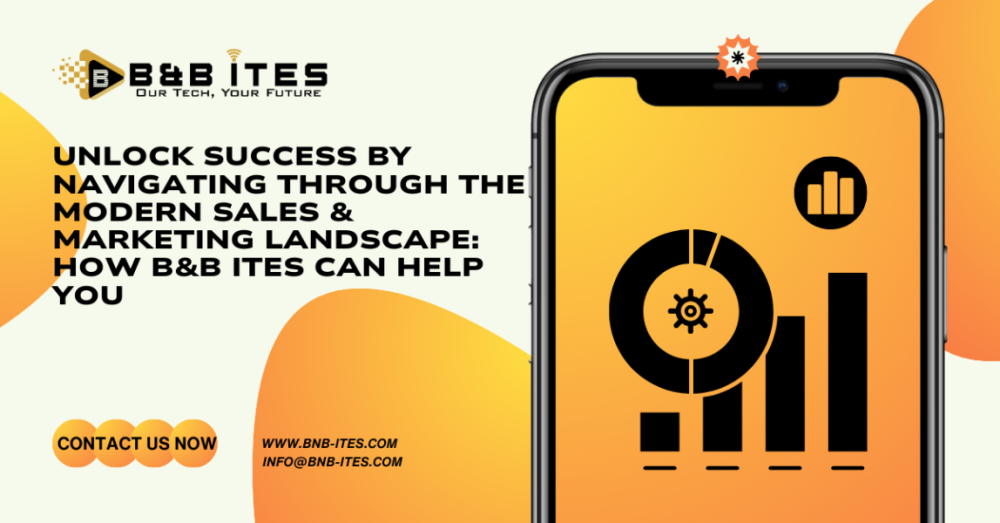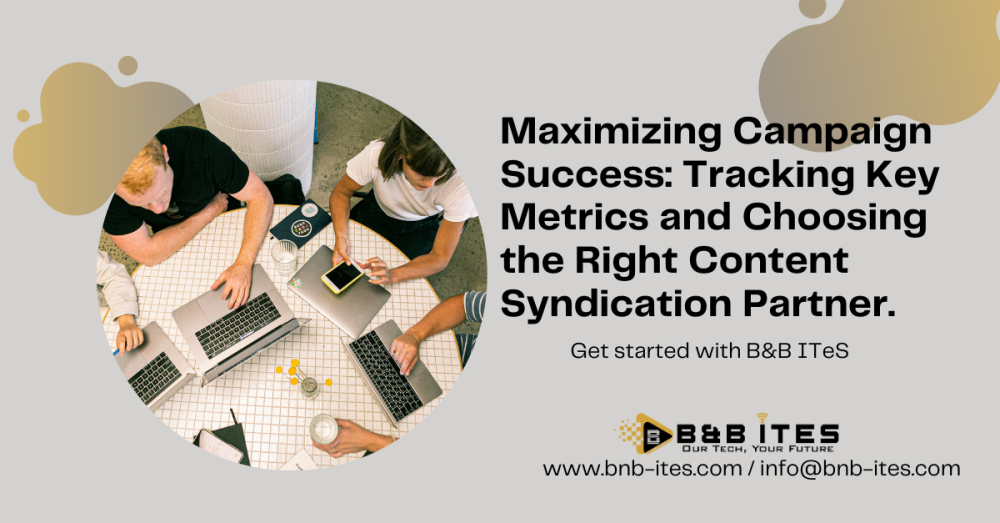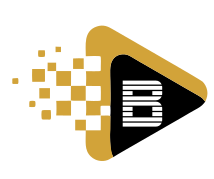Optimizing Lead Scoring Models to Elevate Your B2B Sales Game

Lead scoring is a methodology used to rank prospects against a scale that represents the perceived value each lead brings to the organization. The score is determined based on various factors, including demographic information, behavior, and engagement with your brand. By assigning scores to leads, sales teams can focus their efforts on the most promising prospects, ensuring a higher return on investment (ROI) and increased sales efficiency.
Prioritizing leads effectively can make all the difference in driving conversions and maximizing sales efficiency. With a multitude of leads entering the sales funnel, determining which prospects to focus on can be a daunting task. This is where lead scoring models come into play, providing a systematic approach to evaluate and prioritize leads based on their likelihood to convert. Here's a closer look at how optimizing lead scoring models can elevate your sales game:
Understanding Lead Scoring
Lead scoring is a methodology used to rank prospects against a scale that represents the perceived value each lead brings to the organization. The score is determined based on various factors, including demographic information, behavior, and engagement with your brand. By assigning scores to leads, sales teams can focus their efforts on the most promising prospects, ensuring a higher return on investment (ROI) and increased sales efficiency.
Key Components of an Effective Lead Scoring Model
- Demographic Information: This includes basic details about the lead such as company size, industry, job title, and location. Leads that closely match your ideal customer profile should receive higher scores.
- Behavioral Data: This involves tracking how leads interact with your brand. Key behaviors might include website visits, content downloads, email opens, and event attendance. The more engaged a lead is, the higher their score should be.
- Firmographic Data: This is similar to demographic data but specifically tailored for businesses. It includes details such as company revenue, number of employees, and the company’s position in the market.
- Engagement Level: This factor measures the lead's interaction level with your marketing and sales activities. Frequent interactions, such as responding to emails or participating in webinars, indicate a higher level of interest and readiness to purchase.
- Buying Intent: Signals of buying intent can be gathered through direct communications, such as inquiries about product pricing or requests for demonstrations. Leads displaying strong buying intent should be prioritized.
Steps to Optimize Your Lead Scoring Model
1. Define Your Ideal Customer Profile (ICP)
The foundation of any lead scoring model is a clear understanding of your ideal customer profile. This involves identifying the characteristics that make up your best customers, such as industry, company size, job role, and key challenges they face. Your lead scoring model should be designed to identify leads that closely match this profile.
2. Gather and Analyze Data
Collect data from various sources to gain a comprehensive view of your leads. This includes data from your CRM system, marketing automation tools, website analytics, and social media platforms. Analyze this data to identify patterns and behaviors that correlate with successful conversions.
3. Assign Weights to Different Criteria
Not all criteria are equal. Some factors, like a lead's job title or direct inquiries about pricing, may be stronger indicators of a potential sale than others. Assign different weights to each criterion based on their importance and relevance to your sales process.
4. Automate Lead Scoring
Use marketing automation tools to streamline your lead scoring process. These tools can automatically track lead behaviors, update scores in real-time, and notify your sales team when a lead reaches a threshold score, indicating readiness for follow-up.
5. Regularly Review and Adjust Your Model
The effectiveness of your lead scoring model should be reviewed regularly. Analyze the outcomes to see if high-scoring leads are indeed converting at higher rates. If not, adjust the weights or criteria as needed. The market and customer behavior can change, so your model should be flexible enough to adapt to these changes.
Benefits of Optimizing Lead Scoring Models
1. Improved Sales Efficiency
By focusing on the most promising leads, your sales team can use their time more efficiently, resulting in more conversions and less wasted effort on unqualified prospects.
2. Higher Conversion Rates
Optimized lead scoring models help ensure that sales efforts are directed towards leads that are more likely to convert, thereby increasing overall conversion rates.
3. Better Alignment Between Sales and Marketing
Lead scoring fosters better alignment between sales and marketing teams. With clear criteria and scoring mechanisms in place, both teams can work together more effectively to generate, nurture, and close leads.
4. Enhanced Customer Insights
A robust lead scoring model provides valuable insights into customer behaviors and preferences. This information can be used to refine marketing strategies, personalize communications, and improve customer engagement.
5. Increased Revenue
Ultimately, optimizing your lead scoring model leads to a more effective sales process, higher conversion rates, and increased revenue. By prioritizing the right leads, your business can achieve a better ROI and drive sustainable growth.
Conclusion
In the competitive world of B2B sales, prioritizing leads effectively is crucial for success. By optimizing lead scoring models, sales teams can focus their efforts on the most promising prospects, improve efficiency, and increase conversion rates. With a well-defined lead scoring strategy, businesses can align their sales and marketing efforts, gain deeper customer insights, and ultimately drive more revenue. Embrace the power of lead scoring and elevate your sales game to new heights.
Written by Nitesh Bhalla - B&B ITeS











